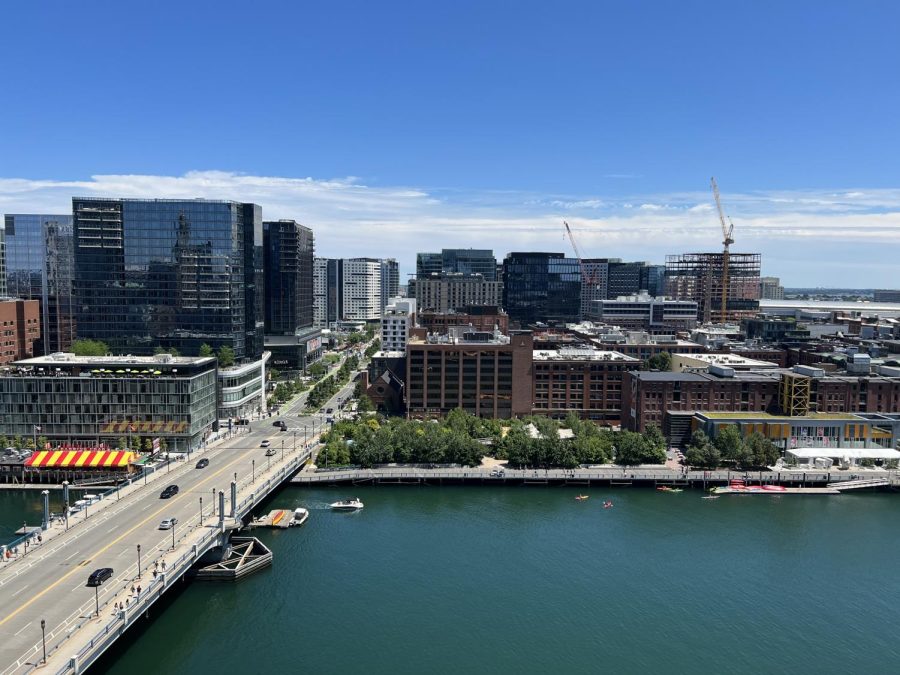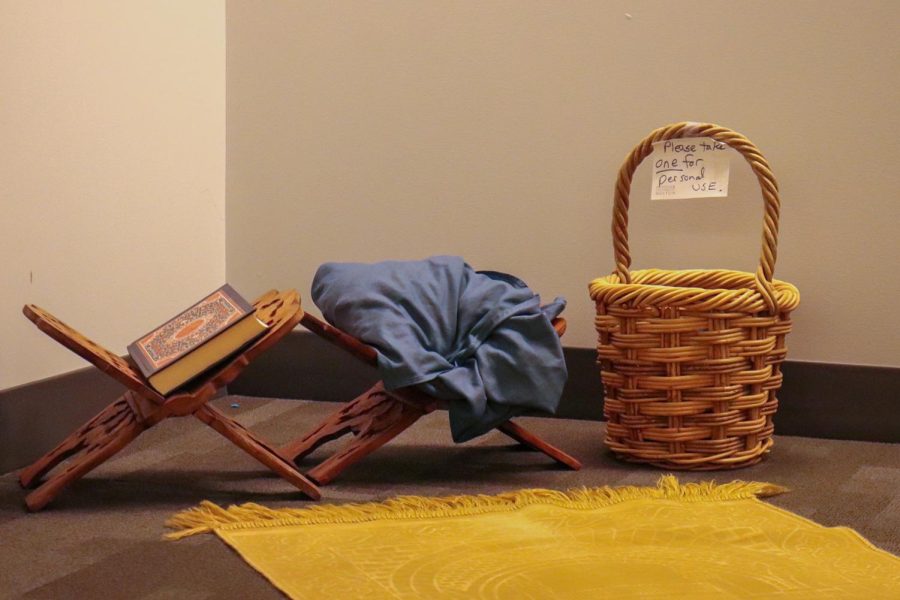The key to understanding Ukraine’s migrant crisis is in the conflict’s roots. The upheaval that has followed the ongoing war in Eastern Ukraine has disrupted millions of lives. However, most of the migrants have been internally displaced instead of forced to leave their home country. Western European media outlets have sparsely covered the ongoing migrant crisis in Ukraine because internally displaced people are not classified in the same way as those who must escape their war-torn countries.
“People who are internally displaced are not counted as refugees helping the crisis fly under the radar,” said Professor of International Relations at Suffolk University Roberto Domínguez in an interview with The Suffolk Journal.
Since the start of the war, nearly 1.6 million Ukrainians have been displaced internally, and another 1.2 million have sought asylum in neighboring countries, according to a report by UN Refugee Agency.
The only recent ceasefire that was successful was at the end of August, which allowed children in Eastern Ukraine to begin the new school year without war. The agreement was backed by Russia, Ukraine, France, Germany and the United States, according to multiple news agencies. Other attempts to reach a ceasefire have fizzled out.
Those who have fled Ukraine have primarily sought refuge in Russia. With compiled data from the Ukrainian Ministry of Social Policy and the European Union, German weekly news magazine, Der Spiegel, estimated that 911,600 Ukrainians, mostly from the Donbass area, have fled to Russia. Russia’s Federal Migration Services estimates that on top of the Ukrainians who have recently arrived in Russia, there are an additional 2.6 million Ukrainians who live and work in Russia.
“Russia has a visa-free regime with Ukraine and so each year hundreds of thousands go to and from Moscow, and Russia in general considers Ukrainians as their close relatives, if not outright the same people”, said adjunct Suffolk history professor Leon Rozmarin in a statement to The Suffolk Journal.
The conflict in Ukraine began in 2013, when then Ukrainian President Viktor Yanukovych rejected a planned association agreement between Ukraine and the European Union, which would have politically and economically aligned Ukraine with the E.U., in favor of an economic deal with Russia. Protests erupted due to Yanukovych’s decision, and the Ukrainian parliament impeached him on Feb. 22, 2014. This triggered Russian intervention in Ukraine, and in March 2014, Russia annexed Crimea, and then pro-Russian separatists seized control of the Donetsk and Luhansk regions in Eastern Ukraine.
“It is from internal Ukrainian historic roots and from being smack in the middle of the geopolitical contest between an expanding, US driven NATO on one hand, and Moscow, which is reintegrating its neighboring states into a security and economic union,” said Professor Rozmarin.
While Rozmarin argued that Russia is protecting its traditional spheres of influence, others disagree. Some assert that Russia is using its citizens in Ukraine as a pretext to shift the current geopolitical order in its favor, while also expanding Russia’s borders to match the old Russian Empire.
“Because something once was accepted, it doesn’t mean that it should be accepted today…what Russia did in Ukraine is against international law”, stated Professor Domínguez, adding that “Nation’s don’t do that anymore, expansion, claiming that they want to rescue their citizens.”
Considering the role that the European Union has played, especially in Germany, with the relocation of Syrian refugees, there has been speculation as to why there has not been a more active role by the E.U. in supporting Ukrainian asylum seekers.
“In many ways it’s a controlled conflict areas of Ukraine are politically stable,” said Professor Domínguez. The relative size of Ukraine allows for its citizens to find safety within their own borders. It also gives countries in the E.U. a reason to reject Ukrainian asylum seekers. In the end, regardless of the distinction, Ukrainians are suffering due to an armed conflict beyond their control.





